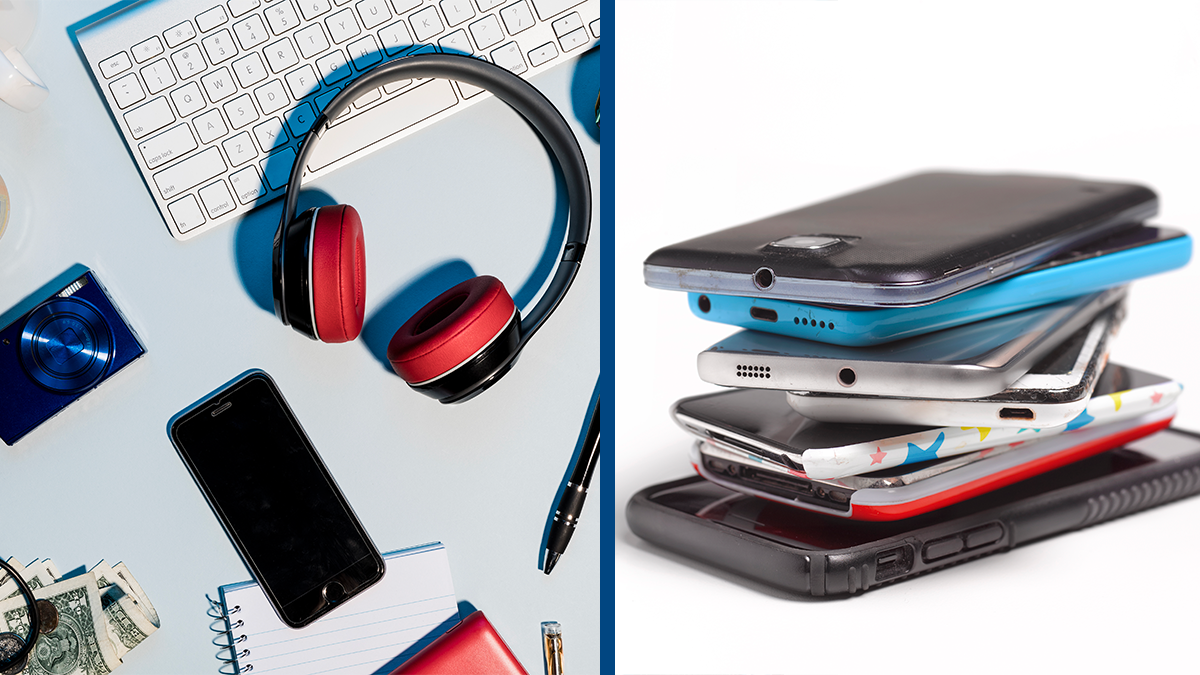
In today’s fast-paced technological landscape, the allure of sleek designs and innovative features often makes gadgets irresistible. But as consumers, a question frequently arises: Gadgets quality: is it worth paying more for? This inquiry is not merely about spending but about understanding value. A higher price tag doesn’t always equate to better performance, yet certain factors make premium devices a worthwhile investment.
The Relationship Between Price and Quality
Price and quality often share a correlation, but this connection isn’t absolute. High-end gadgets typically offer superior materials, cutting-edge technology, and longer lifespans. For example, smartphones with advanced processors and robust build quality tend to deliver smoother performance over extended periods compared to their budget counterparts.
However, premium pricing can sometimes be attributed to branding rather than tangible benefits. Understanding value analysis for consumers becomes crucial. Consumers must discern whether a gadget’s higher price stems from genuine innovation or merely marketing finesse.
Durability: A Long-Term Benefit
Investing in high-quality gadgets frequently pays off in the form of durability. Premium devices often feature better construction materials like aerospace-grade aluminum, Gorilla Glass, or water-resistant designs. These enhancements ensure the gadget can withstand the test of time and daily wear and tear.
In contrast, low-cost alternatives may save money upfront but require more frequent repairs or replacements. The durability factor significantly influences the overall value analysis for consumers, making quality a top priority for long-term tech use.
Performance and Features
Performance is where premium gadgets truly shine. Devices designed with state-of-the-art components—such as powerful processors, ample RAM, or high-resolution displays—offer unmatched efficiency. For instance, flagship laptops and smartphones excel in multitasking, gaming, and content creation without breaking a sweat.
Additionally, premium gadgets often come with tech insights for smart choices like advanced AI integrations, customizable features, and enhanced security protocols. These perks can enhance user experiences, especially for professionals or tech enthusiasts who require superior functionality.
The Hidden Costs of Budget Gadgets
While budget gadgets may seem like an attractive option, they often come with hidden costs. Frequent repairs, shorter lifespans, and limited customer support can increase expenses over time. In some cases, these gadgets lack software updates, leaving users vulnerable to cybersecurity risks.
Moreover, cheap gadgets might compromise on sustainability. Many low-cost options use non-recyclable materials, which contribute to environmental concerns. Paying more for quality often aligns with responsible consumption, a critical factor for eco-conscious buyers.
Are There Exceptions?
While high-end gadgets dominate the quality conversation, there are exceptions where budget devices punch above their weight. Companies like Xiaomi and OnePlus have demonstrated that mid-range gadgets can combine affordability with exceptional features.
These products showcase the importance of tech insights for smart choices, where consumers must weigh features, brand reputation, and price against their unique needs. Mid-tier gadgets can be an excellent compromise for those who want value without overspending.
The Role of Brand Trust
Brand trust plays a pivotal role in determining whether paying more for a gadget is justified. Reputable brands often invest heavily in research, development, and quality assurance. This dedication translates into products that not only perform better but also come with robust customer support and warranty programs.
Consumers should research brand reliability through reviews, forums, and expert opinions. This approach ensures that their investment aligns with value analysis for consumers and meets expectations for both performance and after-sales service.
Innovation and Future-Proofing
High-quality gadgets often lead the charge in innovation. From foldable smartphones to AI-powered smart home devices, these products introduce technologies that set benchmarks for the industry. Investing in such gadgets can future-proof your tech ecosystem, ensuring compatibility with emerging trends.
For example, 5G-ready devices or gadgets with modular designs allow for adaptability as technology evolves. Paying more for these features can prevent the need for frequent upgrades, reinforcing their overall value.
Balancing Quality and Budget
Striking a balance between quality and budget is essential. While it’s tempting to go for the latest and greatest, evaluating whether a gadget meets your needs is crucial. Consider factors like usage patterns, required features, and the long-term benefits of durability and performance.
For instance, a casual smartphone user may not need a flagship device, whereas a content creator might find its advanced camera and processing power indispensable. Using tech insights for smart choices, consumers can identify gadgets that align perfectly with their expectations and lifestyle.
The Final Verdict
The question “Gadgets quality: is it worth paying more for?” doesn’t have a one-size-fits-all answer. It depends on individual priorities, from durability and performance to environmental impact and brand trust.
However, understanding the nuances of value analysis for consumers ensures smarter decisions. Investing in high-quality gadgets often translates to better experiences, fewer inconveniences, and long-term savings. While the initial cost may be higher, the satisfaction and reliability that come with premium products are hard to ignore.
Ultimately, the right gadget is one that enriches your life while standing the test of time. Make thoughtful choices, stay informed, and remember that quality often proves its worth, even if it requires a little extra upfront.
